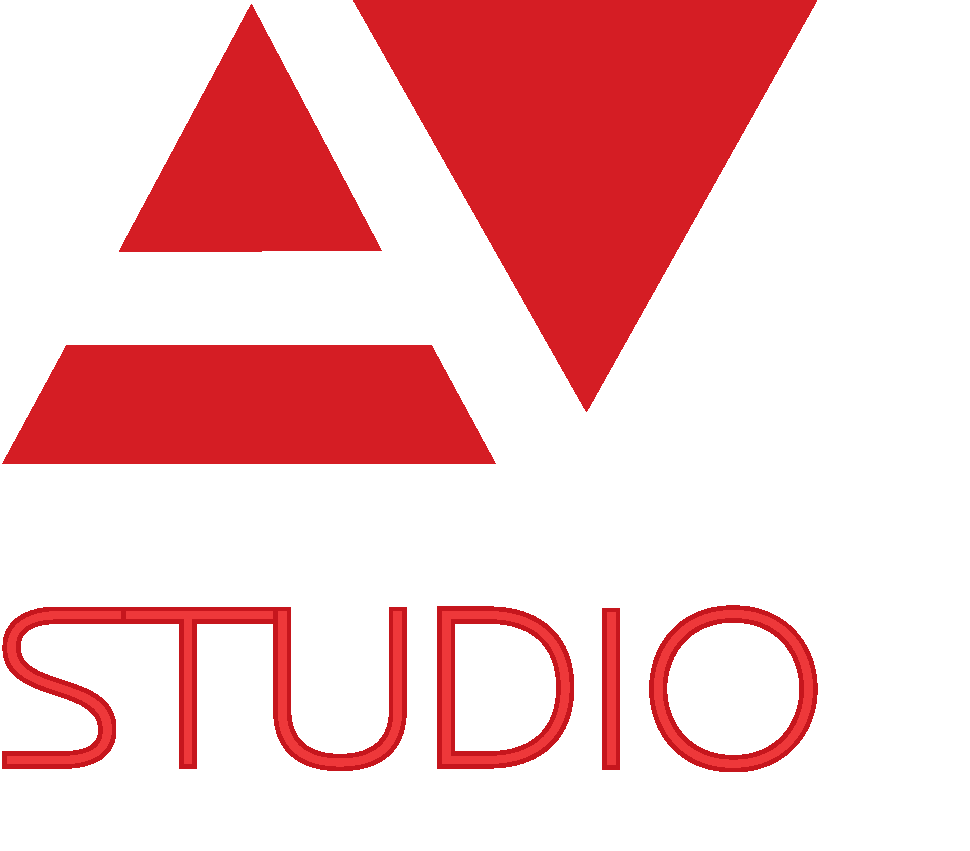Color Reversal Film KODAK EKTACHROM 100 Daylight
7285 - 15m. cartridge
Description
KODAK EKTACHROME 100D Color Reversal Film / 7294 is
a 100-speed, color reversal motion picture camera film intended for photography under daylight illumination (5500K). It offers a moderately enhanced color saturation performance while maintaining a neutral gray scale and accurate flesh reproduction. 7294 Film has exceptional sharpness that is unsurpassed by any other 100-speed reversal film, and its grain performance is excellent. This film also offers very strong reciprocity uniformity and keeping stability.7294 Film offers outstanding results in outdoor and studio applications where moderate color saturation is desired. It is excellent for advertising, nature cinematography, documentaries, music videos, and is especially good for telecine transfers and television filming.
Base
KODAK EKTACHROME 100D Color Reversal Film / 7294 has an acetate safety base.
STORAGE
Store unexposed film at 13°C (55°F) or lower. For extended storage, store at -18°C (0°F) or lower. Process exposed film promptly.
Store processed film according to the recommendations in ISO 18911:2010, Imaging Materials - Processed Safety Photographic Films - Storage Practices.
July 2015 • H-1-5213t
Warm-upTimes
To prevent film telescoping, moisture condensation, and spotting, allow your film to warm to room temperature before use:
For more information about film storage and handling, see ANSI/PIMA ISO-18911, SMPTE RP131-2002, and KODAK Publication No. H-845, The Essential
Reference Guide for Filmmakers, available online at www.kodak.com/go/referenceguide.DARKROOM RECOMMENDATIONS
Do not use a safelight. Handle unprocessed film in total darkness.
EXPOSURE
Exposure Indexes
Tungsten (3200K) - 200
Daylight- 125 (with 85 filter)
Use these indexes with incident- or reflected-light exposure meters and cameras marked for ISO or ASA speeds or exposure indexes. These indexes apply for meter readings of average subjects made from the camera position or for readings made from a gray card of 18-percent reflectance held close to and in front of the subject. For unusually light- or dark-colored subjects, decrease or increase the exposure indicated by the meter accordingly.
Film Package
Typical Warm-up Time (Hours)
14°C (25°F) Rise
55°C (100°F) Rise
Super 8
1
11/2
16 mm
1
11/2
35 mm
3
5
Short Term (less than 6 months)
Long Term (more than 6 months)
Unexposed film in original, sealed package
13°C (55°F) RH below 60%
-18 to -23°C (0 to-10°F) RH below 50%
Exposed film, unprocessed
-18 to -23°C (0 to-10°F) RH below 20%
Not recommended. Process film promtly.
Process film
21°C (70°F) RH20to50%
2°C (36°F) RH20to30%
This relates to optimized film handling rather than preservation; static, dust-attraction and curl-related problems are generally minimized at the higher relative humidity. After usage, the film should be returned to the appropriate medium- or long-term storage conditions as soon as possible.
©Eastman Kodak Company, 2015
Color Balance
These films are balanced for exposure with tungsten illumination (3200K). You can also expose them with tungsten lamps that have slightly higher or lower color temperatures (+/- 200K) without correction filters, since final color balancing can be done in printing.
PROCESSING
Process in Process ECN-2.
Most commercial motion-picture laboratories provide aprocessing service for these films. See KODAK Publication No. H-24.07, Processing KODAK Color Negative Motion Picture Films, Module 7 available online at www.kodak.com/go/h24, for more information on the solution formulas and the procedure for machine processing these films. There are also pre-packaged kits available for preparing the processing solutions. For more information on the KODAK ECN-2 Kit Chemicals, checkKodak's Motion Picture Films for Professional Use price catalog, also available online at www.kodak.com/go/ motion.
IDENTIFICATION
After processing, the product code numbers 5213 (35 and 65 mm) or 7213 (16 mm), emulsion, roll, and strip number identification, KEYKODE Numbers, and manufacturer/film identification code (EO) are visible along the length of the film.
POST PRODUCTION
Scanning
The wider exposure latitude in KODAK VISION3 Films differentiate film capture from the limited dynamic range of digital capture. Digital "dodging and burning," a very powerful tool in the colorists' toolkit, is now even more powerful—up to two stops more image information can be extracted from scene highlights in VISION3 Films.
If traditional 10-bit scanner data encoding schemes are used to digitize films having this extended density range, highlight information captured on these film could be lost. Kodak has recommendations for extracting the full density range stored on high dynamic range films in a technical document titled Scanning Recommendations for Extended Dynamic Range Camera Films, available online at www.kodak.com/go/scanning.
Laboratory Aim Densities (LAD)
To maintain optimum quality and consistency in the final prints, the laboratory must carefully control the color timing,printing,andduplicatingprocedures.Toaidincolor timing and curve placement, negative originals should be timed relative to Laboratory Aim Density (LAD) Control Film supplied by Eastman Kodak Company. The LAD Control Film provides both objective sensitometric control and subjective verification of the duplicating procedures used by the laboratory.
In the LAD Control Method, the electronic color analyzer used for color timing is set-up with the LAD Control Film to produce a gray video display of the LAD patch, corresponding to 1.0 neutral density (gray) on the print. The negative printing original is then scene-to-scene timed. There are specific LAD values for each type of print or duplicating film that the original can be printed on. For print films, the LAD patch is printed to a neutral gray of 1.0
top of page

This website was created by AV Studio
+359 88 215 55 00
Your Premium Provider
At CiNE super8, quality is our mission. No matter what you’re looking for, we’re committed to bringing you exactly what you need, when you need it. Our customers love working with us because we produce high quality products with an exceptionally fast turnaround. Reach out today to get an initial quote and start working together.
Product Page: Welcome
€60,00Price
0/500
Product Page: Stores_Product_Widget
bottom of page


